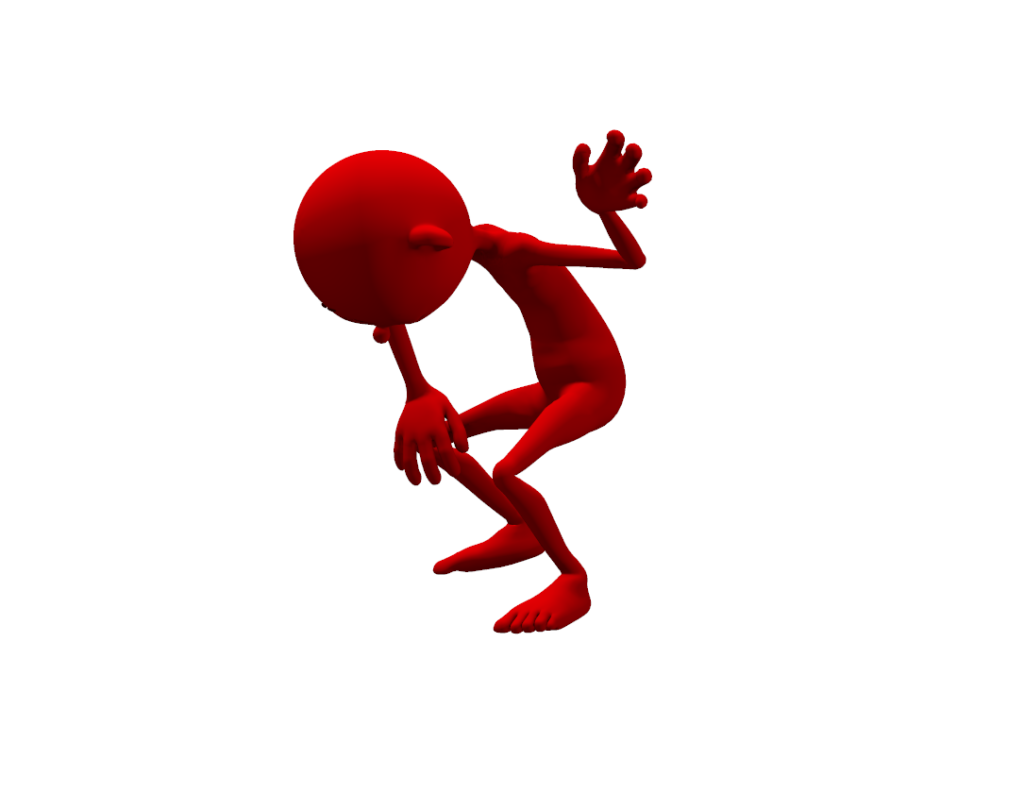Arm wrestling with fatigue – it’s a draw?
924 words ~ 4 mins, 37 secs to read
I’ve been working on a chapter for our strength and conditioning book that focuses on fatigue, and I’m struggling with it! I decided that sharing some of my thoughts over the next few blogs might help clear my thinking….. fingers crossed!
When it comes to developing training programmes, exercise professionals have a seemingly complicated relationship with fatigue. On the one hand we embrace it and value it; in fact, we pretty much use fatigue to help guide our exercise programmes. We use fatigue within a session to help regulate exercise intensity and we also use fatigue to help gauge recovery from that exercise. Along the way we’ve been educated that exposing exercisers to a certain level of acute fatigue is a prerequisite to stimulating adaptations in selected body systems. In the background (or foreground – I’m not sure which), we have a contemporary exercise and fitness science that pushes the view that more fatigue equals better and faster results. Somehow, we don’t seem to understand fatigue as well as we perhaps should.
We know that fatigue is difficult to describe and tricky to measure. Fatigue is something that those ‘in the know’ have also come to fear, yet we continue to approach it carelessly. We know that excessive fatigue can lead to illness and ill health. We suspect that it contributes in some way to injury and we know that fatigue can impair performance and, in a worst-case scenario, destroy sporting hopes and dreams. We dread it and we try to predict and preempt its arrival.
Many exercise professionals go to great expense and great lengths employing complicated and highly technical monitoring methods in an attempt to anticipate the point where fatigue might cross the line from being productive to being problematic. Unfortunately, those methods lack specificity and sensitivity and have not really proved successful in detecting potentially destructive fatigue. The fact that there are still no reliable and objective biomarkers of fatigue makes things more challenging for exercise professionals. Sure, there are some useful measures that will tell us when fatigue has occurred but by then it’s usually too late. We desperately need early warning markers that will alert exercisers of looming fatigue, but that’s a big ask. Suffice to say, fatigue for the reflective exercise professional is a very confusing and contradictory space.

We know that fatigue is easier to perceive than it is to measure. Some exercisers will perceive fatigue early, often too early, and will tend to catastrophise that sensation and stop exercising as their long-term solution – not what we are seeking as exercise professionals. Others will sense fatigue and embrace it. They will ignore those uncomfortable sensations because they simply were not part of their training plan. While we may be in awe of that sort of tenacity, that ability to carry on with training regardless, experience tells us that pushing through can often end in tears. Illness, failing performances, injury, weight loss, sleeplessness, psychological issues, even the dreaded rhabdomyolysis are possible endpoints. These consequences are often far worse than anything that those catastrophisers might have imagined. The problem is, the negative effects of fatigue are insidious. While we may think that good training progress is being made, the negative side effects can just creep up on you.
We deal with this delicate situation of fatigue somewhat recklessly! Well, it seems that way to me. We tend to err on the side of risk, a bit like Icarus reaching for the sun! (In Greek mythology Icarus’ father made him wings out of feathers and wax and warned him not to fly too high in case the sun melted those wings. Ignoring this, Icarus flew too close to the sun, burning and crashing!) It seems that we fear not training enough far more than we fear training too much. And so we fill up our athletes’ training weeks and we convince ourselves that this is all part of a cunning periodised plan. We strategically use functional overreaching (who came up with that euphemism anyway?), a common strength and conditioning strategy (e.g. DeWeese et al, 2015). The intentional programming of periods of substantial training load increases is supposed to propel athletes into that overreaching zone. Provided the overreaching is not too extensive, the athlete is expected to soon return to normal, in fact beyond normal with a little supercompensation boost (Buckner et al, 2017). Be that as it may, there are likely to be widely varying individual differences in training tolerance and the magnitude of any supercompensation benefits. The bottom line is that some individuals will not bounce back from that training load (non-functional overreaching).
While that inability to train effectively hardly constitutes a crisis during training, it becomes more problematic for competition, plus I keep thinking of injury and illness risk. Non- functional overreaching not only has the potential to affect the capacity to train and perform but may have longer-term health sequelae. So I’m thinking here, why is this something that we are prepared to risk? Why do we insist on flying so close to the sun? As exercise professionals we have the tools and smarts that might help us get training adaptations without that level of risk. How do we stray so far from the ‘principles of exercise’? We understand overload and progression and ceiling effects, and we know that individual variation will always keep us on our toes. Is there an arrogance to our work such that we have convinced ourselves that we are the masters of fatigue, that we somehow hold the upper hand? Should we really believe that we have that level of control?
Best, Phil
References
- Buckner, S.L. et al (2017) The General Adaptation Syndrome: Potential misapplications to resistance exercise. Journal of Science and Medicine in Sport 20;1015–1017
- DeWeese, B.H. et al (2015) The training process: Planning for strength–power training in track and field. Part 2: Practical and applied aspects. Journal of Sport and Health Science 4;318–324.
